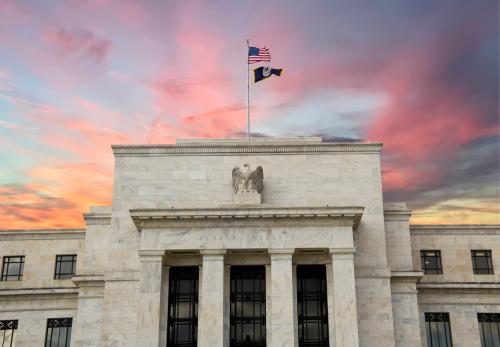

Research
BPEA | Fall 2009Fall 2009
This paper reexamines the implications for monetary policy of
the zero lower bound on nominal interest rates in light of recent experience.
The ZLB contributed little to the sharp output declines in many economies in
2008, but it is a significant factor slowing recovery. Model simulations imply
that an additional 4 percentage points of rate cuts would have limited the rise
in the U.S. unemployment rate and would bring unemployment and inflation
more quickly to steady-state values, but the ZLB precludes these actions, at a
cost of $1.8 trillion in forgone U.S. output over four years. If recent events
presage a shift to a significantly more adverse macroeconomic climate, then
2 percent steady-state inflation may provide an inadequate buffer against the
ZLB, assuming a standard Taylor rule. Stronger countercyclical fiscal policy
or alternative monetary policy strategies could mitigate the ZLB’s effects, but
even with such policies an inflation target of 1 percent or lower could entail
significant costs.